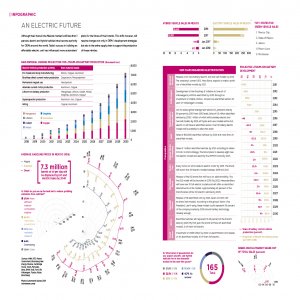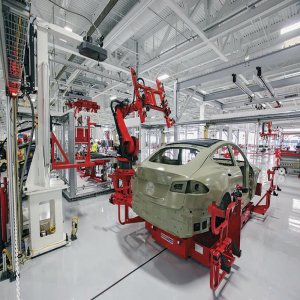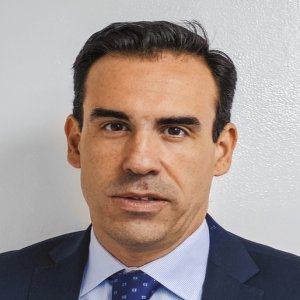Ride-Hailing Drives New Insurance Challenges

STORY INLINE POST
Ride-hailing services have become increasingly popular as an urban mobility option. However, in a country with low levels of insurance penetration, not being able to differentiate ride-hailing drivers from regular car owners harms the insurance market, says Raúl Barba, Director General of insurer ANA Seguros.
“When ride-hailing services arrived, we insured private drivers as regular vehicle owners because these platforms advocated good driving habits,” Barba points out. “When Uber and similar services first appeared in Mexico, the idea was that drivers would transport people around as a way to complement their income rather than making a job out of these services.” Now, the ride-hailing concept has changed, vehicles are no longer in optimal condition and there are people who employ 15 drivers or more in e-hailing fleets.
These changes have made insurance companies like ANA Seguros lose interest in ride-hailing vehicles. Barba says mechanical requirements of vehicles used for ride-hailing have been reduced, their security conditions have become deficient and their incidence rates have risen even beyond the rates of regular taxis.
Unfortunately, the fact that insurance companies are not interested in these units does not prevent their drivers and owners from buying coverage. According to Barba, drivers and owners simply do not reveal plans to use their vehicles for ride-hailing transportation and insure them as normal private vehicles. This poses a double challenge. “Pricing insurance policies is more difficult for ANA Seguros and other companies,” he says. “Meanwhile, premiums and monthly fees from regular owners with low incidence rates are used to pay for the frequent accidents of ride-hailing vehicles,” he says.
Though ride-hailing users may be a risk for ANA Seguros, the company has not given up on the light-vehicle market. “Only 30 percent of Mexico’s vehicle park is insured,” says Barba. “Yet, the country’s insurance market has evolved thanks to security problems and natural disasters that raise awareness on the importance of protecting one’s assets.”
While ANA Seguros offers coverage for motor vehicles from trucks and cars to motorcycles, the company’s area of expertise is the used-vehicle segment. “Mexicans tend to hold on to their vehicles, so our task is to promote the penetration of insurance in this segment,” says Barba. The main reason for ANA Seguros’ focus, however, is related to competitiveness. Barba points out that the new-vehicle market has become extremely competitive and insurance companies have lowered their premiums to the point of limiting access for companies like ANA Seguros. At the same time, spare part prices and availability are difficult topics in the new-vehicle segment that compromise the position of the insurer, rather than that of the dealership. “Spare parts for new vehicles are often imported and clients tend to not be that understanding when it takes up to five months to deliver a component, normally blaming the insurance company.”
Barba enumerates auto insurance becoming mandatory and the entrance of new digital technologies as key factors that will play a role in both the penetration of insurance in the Mexican market and in ANA Seguros’ plan to grow 35 percent by the end of 2018. However, he points out that authorities should change their perspective when addressing insurance being compulsory in Mexico. “Insurance has been considered from a tax-raising perspective rather than from a prevention-promoting approach,” Barba says. “Authorities are more oriented to fining people who lack insurance coverage rather than to raising awareness on the damage to patrimony that can result from crashing without insurance.”
For its own growth, Barba sees technology as a must to remain competitive and the reason for the company’s 33 percent gains in 2017. “Although insurance sales have not changed much and most are still done through salespeople, we need to step onto the technology train to reach younger generations,” he says. “Our ideal clients are professionals above 27 years of age who are parents and who drive vehicles older than three years.” The company is now betting on apps and telematics to deliver new solutions to its clients and to offer online auto-adjusting so the presence of an insurance adjuster in case of an incident can be reserved for a few cases.
























